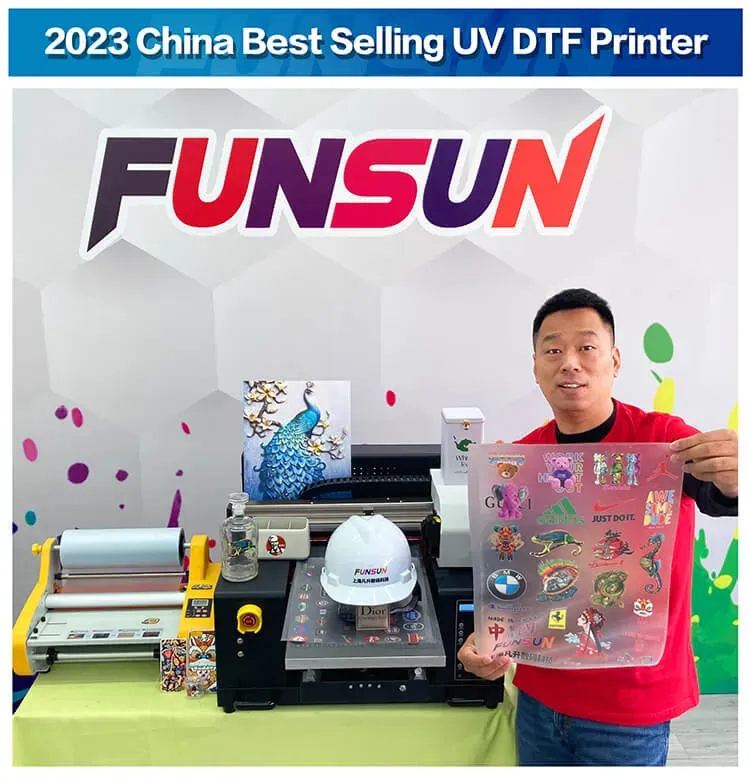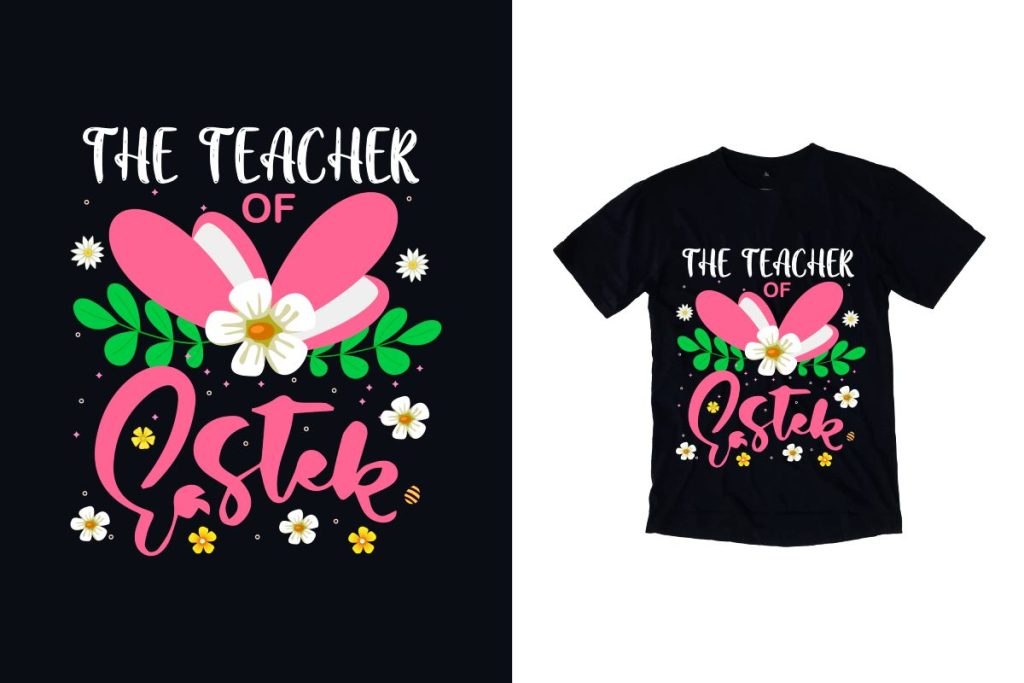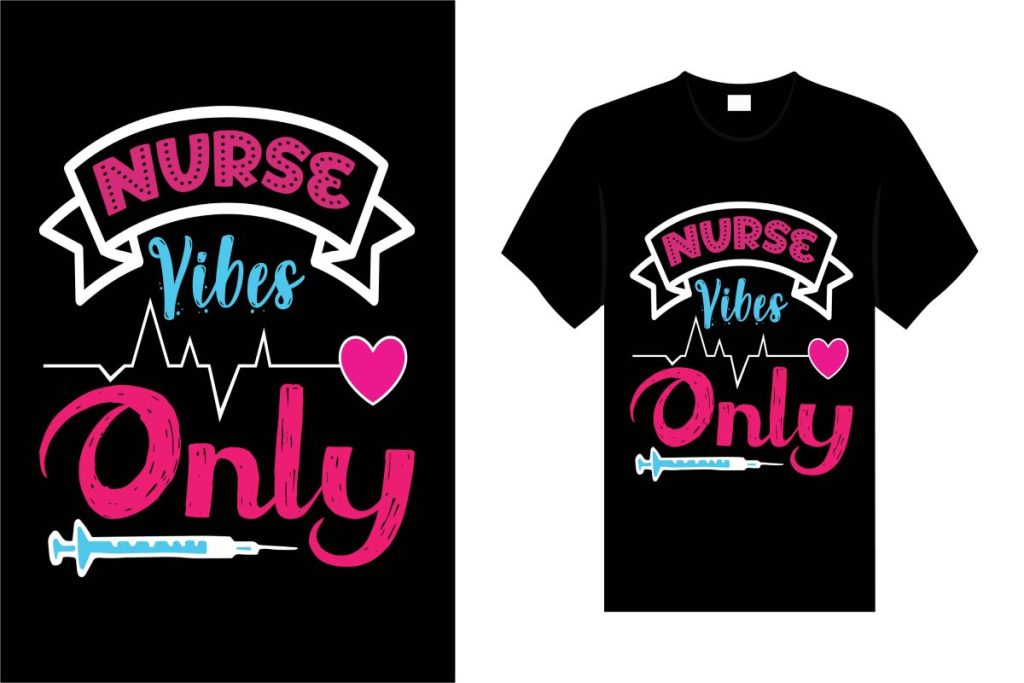In the realm of modern printing technology, **UV DTF printing** (Direct to Film) stands out as a revolutionary method that redefines possibilities for creative expression and application. Unlike traditional printing methods that can be cumbersome and restrictive in terms of material options, UV DTF printing offers a significant array of customization options, ensuring that every print can be tailored to meet specific needs. This innovative approach harnesses the power of ultraviolet light to cure inks directly onto various substrates, providing vibrant colors and remarkable durability. As we delve into the comparison of UV DTF and traditional printing, it becomes evident that understanding their advantages is essential for making informed decisions in today’s fast-paced market. By exploring this printing methods guide, businesses can maximize their efficiency and find the perfect solution for their print requirements.
UV DTF printing, often referred to as Direct to Film printing, has rapidly gained popularity as a versatile alternative to conventional printing techniques. This technology stands out for its ability to print on a wide variety of substrates, making it incredibly appealing for those seeking innovative customization options in printing. In contrast to long-established methods like screen printing or offset, which may limit businesses in terms of material compatibility, UV DTF printing opens up a new world of opportunities for high-quality and enduring print solutions. As we explore the relative merits of these print options, we will highlight the advantages of UV DTF and provide insights that cater to your specific needs, ultimately aiding you in making an informed choice between traditional printing and this revolutionary method.
Exploring the Benefits of UV DTF Printing
UV DTF printing has revolutionized the printing industry by offering numerous advantages that cater to modern business needs. One of the most compelling benefits of this technology is its ability to produce high-quality prints with exceptional vibrancy and detail. As the UV light cures the ink, it ensures that colors remain vivid and designs stay sharp, making it an ideal choice for intricate graphics and complex patterns.
Additionally, UV DTF printing is remarkably versatile in terms of the substrates it can accommodate. This method allows for printing on a wide range of materials, such as metal, plastic, and textiles, without the need for extensive pre-treatment. This flexibility empowers businesses to explore diverse customization options, enhancing product offerings and meeting customer demands for uniqueness.
Traditional Printing Techniques: A Deep Dive
Traditional printing methods, including screen printing and offset printing, have long been staples in the industry. Each method has its specific strengths, such as high-volume production capabilities, which can be particularly beneficial for businesses that regularly require large print runs. These established techniques have been refined over decades, ensuring reliable quality outcomes when executed under the right conditions.
However, traditional printing does have its limitations. Many of these techniques require specific types of substrates, which can hinder versatility. Moreover, the initial setup process can be time-consuming and costly, often making traditional methods less suitable for smaller jobs or projects requiring quick turnaround times.
Cost Analysis: Comparing UV DTF and Traditional Printing
When evaluating cost-effectiveness, both UV DTF printing and traditional printing have their merits and challenges. Although the upfront investment for UV DTF equipment may be higher, the potential for savings increases as production volumes rise. The efficiency of this method, combined with minimal material waste, often outweighs initial costs in the long run, making it favorable for businesses focusing on short runs and customization.
In contrast, traditional printing methods can appear more economical for larger print jobs, thanks to their streamlined high-volume production processes. However, the hidden costs associated with setup and material limitations can erode these savings, especially for businesses that do not consistently produce high quantities. Thus, it’s crucial to assess job requirements and volume before selecting the most economically viable printing method.
Environmental Impact of Printing Methods
In an era where sustainability is paramount, UV DTF printing stands out due to its eco-friendly attributes. The use of UV light to cure inks significantly reduces the emission of volatile organic compounds (VOCs), meaning less harmful waste is released into the environment. This aspect makes UV DTF a preferred choice for businesses looking to improve their ecological footprint while maintaining quality.
Conversely, traditional printing methods often involve the use of solvents and produce greater waste, impacting the environment negatively. While there are advancements in greener alternatives, many traditional practices still lag behind in terms of sustainability. As industries increasingly prioritize environmentally conscious choices, businesses need to consider how their printing processes align with these values to meet consumer expectations.
The Customization Options in UV DTF vs. Traditional Printing
Customization is a critical factor in today’s competitive printing landscape, allowing businesses to cater to specific customer preferences. UV DTF printing excels in this area, offering unparalleled flexibility to produce dynamic designs on various substrates. This ability to print directly on items, coupled with rich color choices and intricate detailing, ensures that brands can create standout products that capture consumer interest.
On the other hand, while traditional printing has its customization avenues, it often requires more complex processes, which can restrict options. Techniques like screen printing may work well for specific designs but can become impractical for intricate or multi-colored images. As consumer demand for personalization rises, businesses might find that UV DTF printing provides the edge they need to enhance their customization capabilities.
Navigating the Printing Methods Guide: Making the Right Choice
Choosing the right printing method can be a daunting task, especially with the vast array of options available. A comprehensive printing methods guide should cover not only the basics but also delve into the strengths and weaknesses of each technique. For businesses looking for superior quality and versatility, UV DTF printing emerges as a compelling option worth considering.
Moreover, understanding the nuances between techniques such as UV DTF and traditional printing enables informed decision-making that aligns with business objectives. Factors such as project volume, material type, and desired turnaround time typically influence whether UV DTF or traditional methods are more suitable. By keeping these elements in mind, businesses can optimize their printing strategy and achieve their desired output.
Frequently Asked Questions
What are the advantages of UV DTF printing compared to traditional printing methods?
UV DTF printing offers several advantages over traditional printing methods, including vibrant color reproduction, high durability against environmental factors, and the ability to print on a wide range of substrates. This technology minimizes material waste and reduces setup times, making it ideal for customized projects.
How does UV DTF printing differ from traditional printing techniques?
Unlike traditional printing techniques, UV DTF printing cures inks using ultraviolet light, allowing for better detail and color richness. Traditional methods such as screen printing may require extensive setup for each print run, while UV DTF provides flexibility and quick turnaround for diverse materials.
What are the customization options available with UV DTF printing?
UV DTF printing supports extensive customization options, enabling intricate designs and vibrant colors on various substrates, including rigid and flexible materials. This versatility allows businesses to cater to specific client needs, making it an excellent choice for promotional items or personalized products.
Is UV DTF printing a cost-effective solution compared to traditional printing for small runs?
Yes, UV DTF printing can be more cost-effective for small print runs compared to traditional methods. While the initial investment may be higher, UV DTF reduces material waste and setup costs, ultimately lowering expenses for smaller quantities and customized orders.
How does the durability of UV DTF prints compare to traditional prints?
UV DTF prints are highly durable, with resistance to moisture, UV light, and scratches due to the curing process. In contrast, traditional printing methods may yield varying durability levels, especially in outdoor settings, making UV DTF a superior choice for longevity and wear resistance.
What should businesses consider when choosing between UV DTF printing and traditional printing?
Businesses should consider factors such as the desired print quality, material versatility, production volume, and customization needs. UV DTF printing excels in quality and flexibility for smaller runs, while traditional printing may be more advantageous for high-volume projects where established processes can reduce costs.
| Key Aspect | UV DTF Printing | Traditional Printing |
|---|---|---|
| Definition | Utilizes UV light to cure ink onto various substrates. | Includes techniques such as screen and offset printing. |
| Quality | Offers high-quality outputs with vibrant colors and fine details. | Reliable for high-quality prints but may vary in durability. |
| Durability | Highly resistant to environmental factors like UV light and moisture. | Durability may vary, especially under harsh conditions. |
| Material Versatility | Can print on a wide range of materials, flexible and rigid. | Limited by specific material types and requires setup adjustments. |
| Cost Efficiency | Higher initial investment but reduced costs at scale. | Lower initial costs but higher per-unit costs for small runs. |
| Environmental Impact | Produces low VOCs and uses fewer toxic solvents. | Higher waste and environmental footprint compared to UV. |
| Industry Trends | Increasing adoption in sectors needing customization. | Remains relevant for high-volume production but less adaptable. |
Summary
UV DTF printing has revolutionized the printing landscape, providing unmatched flexibility, quality, and ecological benefits. As businesses face competitive pressures, opting for UV DTF printing not only enhances product customization but also assures durability and stunning color reproduction. It fills the gap for industries demanding intricate designs while addressing sustainability concerns by reducing environmental impacts. In light of the rapid advancements in printing technology, UV DTF printing stands out as an exceptional choice for evolving business needs.



